Plants in Thailand
Destination:
ThaiInfo
Welcome to Amazing Thailand
Total Page Views for ThaiInfo: 3,034,270 - Views this week: 3,034,270 |
|
| The remains of tropical rain forest, which includes a wide variety of species, can only be found today in the highlands of the south of Thailand and near the Malaysian border. A particular species of tree is the gigantic Tapang-tree that can grow up to 70 metres with roots growing from 10 metres up its trunk. | 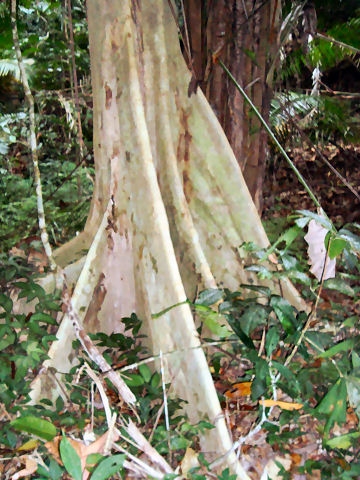 |
| Typical species that have adapted to life in the tropical rain forest are the Epiphytes. They are plants that normally grow on other plants for support. They are not rooted in the ground nor are they parasitic. Apart from the widespread Strangling Fig, most of the orchids also belong to this group. In Thai forests about 1000 species can be found. | 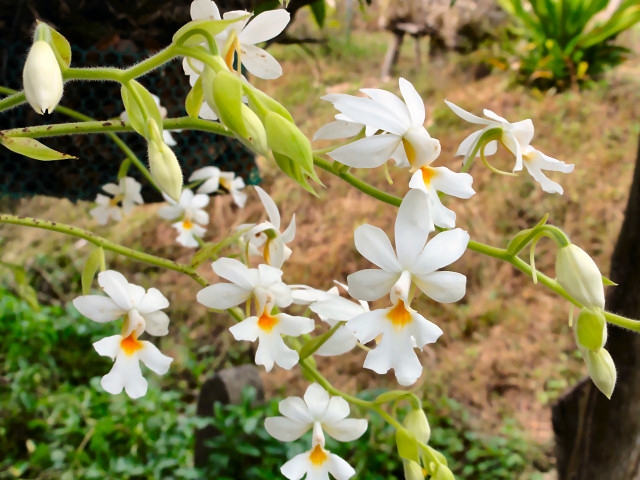 |
|
Thailand‘s tropical climate is mainly dominated by monsoons: these seasonal winds change direction twice a year and they determine the dry and wet season.
In these areas various kinds of forests have evolved, namely monsoon or evergreen forests. Around July after the monsoon rains have started most trees unfold their leaves, In January or February their leaves fall. A colourful Autumn in the tropics!
|
| 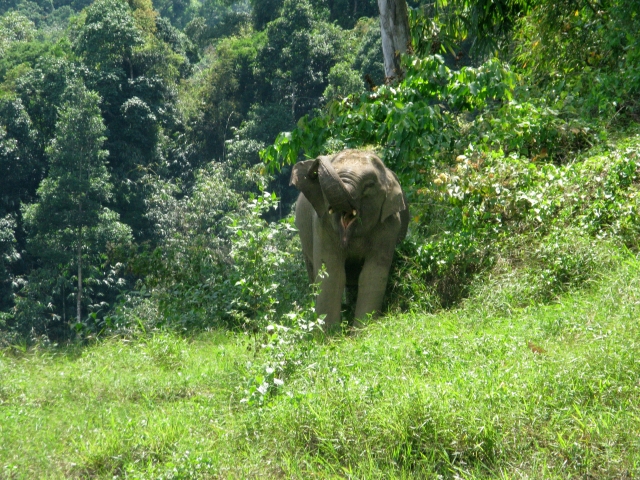 |
In the hot months of April, May and June these trees are leafless - so that no moisture can evaporate. Other species keep their leaves the whole year round as they have wax-like leaves to protect them from dehydration in these hot summer months. Amongst the trees that lose their leaves are the acacias and several valuable tropical trees such as palisander, mahogany and teak.
Bamboo, the enormous wooden grass, is representative of the monsoon forest. It grows particularly close to rivers and on the hills of western and northern Thailand. Worldwide there are over 700 species of bamboo and, as everywhere in the tropics, commonly used for construction material and basketry. |
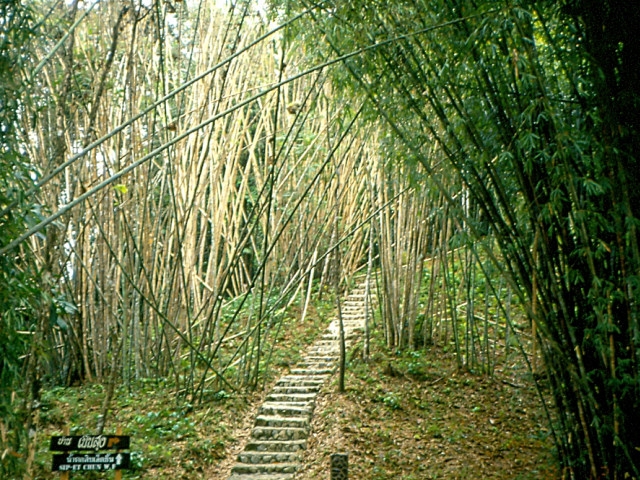 |
The vegetation on the coastlines is mainly dominated by coconut palms. Similar to bamboo, all different parts of this universal plant are used in one way or another. Coconut palms can reach an age of a 100 and can produce between 50 to 100 coconuts per year, depending on the location.
| 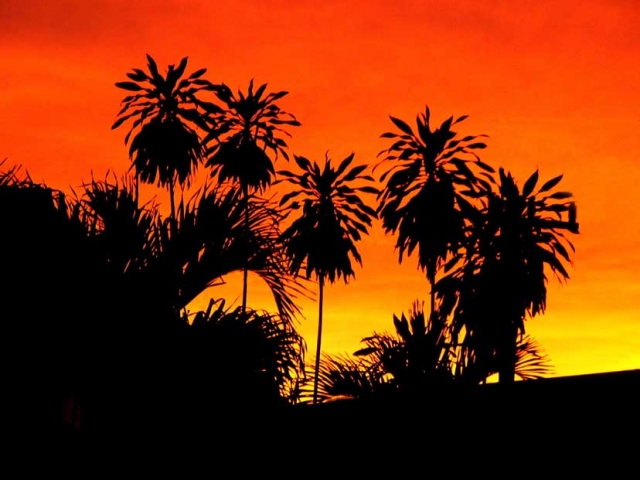 |
Swampy coastal areas particularly near river mouths are the habitat for
mangroves, which are resistant against the salt water. Over 30 different species
continuously create more and
more land area, because mud, branches and fallen leaves trapped in their net-like roots form the base for a substance which leads to further creation of soil finally becoming the foundation for many plants.
| The Nipa palm tree, which has large and pinnate palm fronds growing directly out of the swampy ground, is found in coastal tidal areas as well. The leaves and the palm fronds are used for various purposes, e.g. for tiling material. | 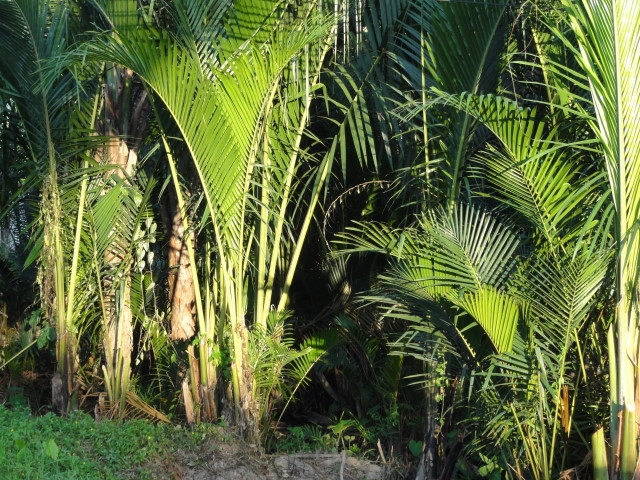 |
Along the "Road of Beautiful Trees" from Takua Pa to Ranong the botanist can see many species of trees by the roadside: Click here |
The Thailand visitor is engulfed by beautiful flowers every day: |
Chiang Mai is famous for its Flower Festival in January: |

